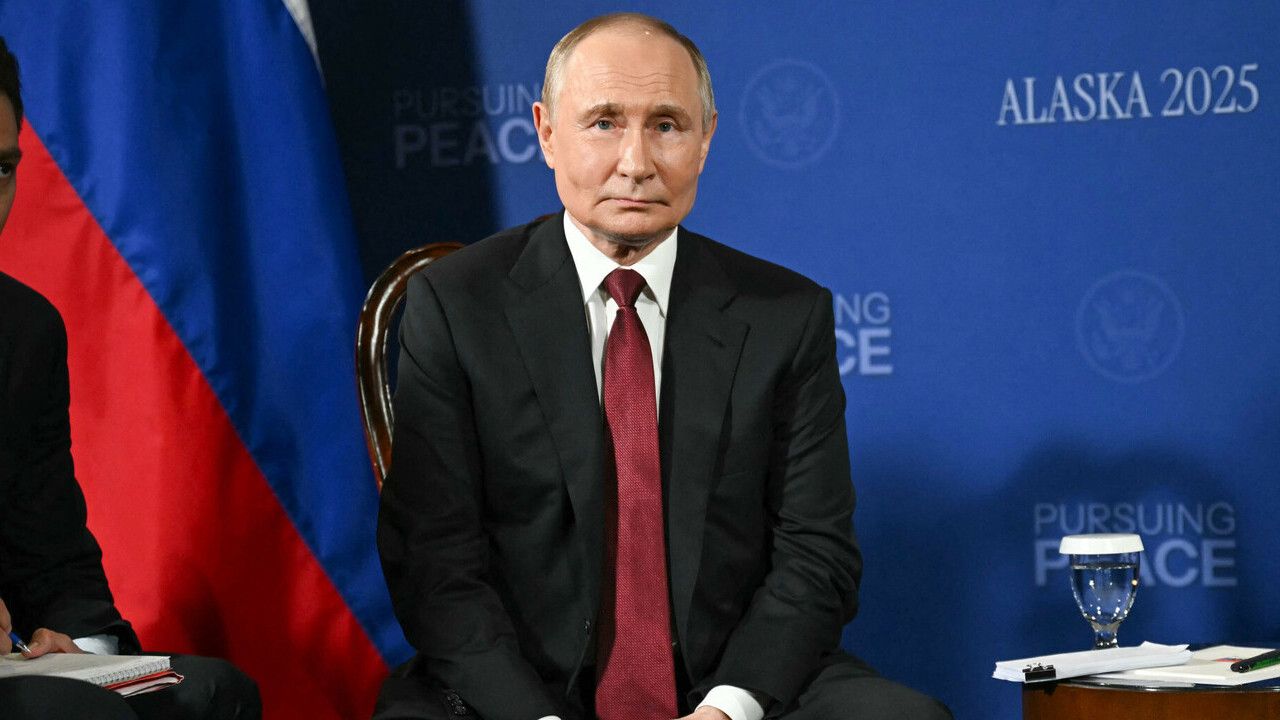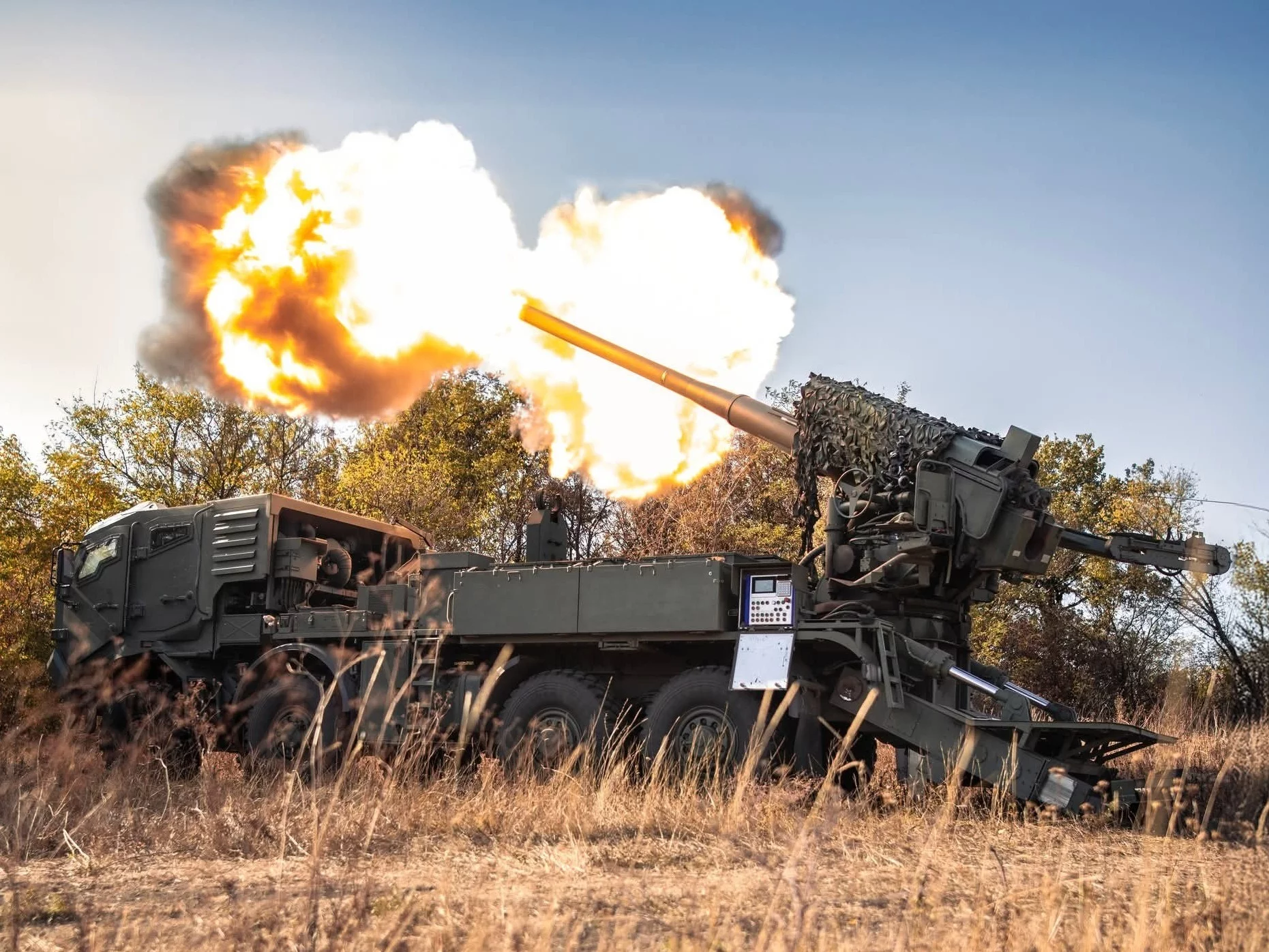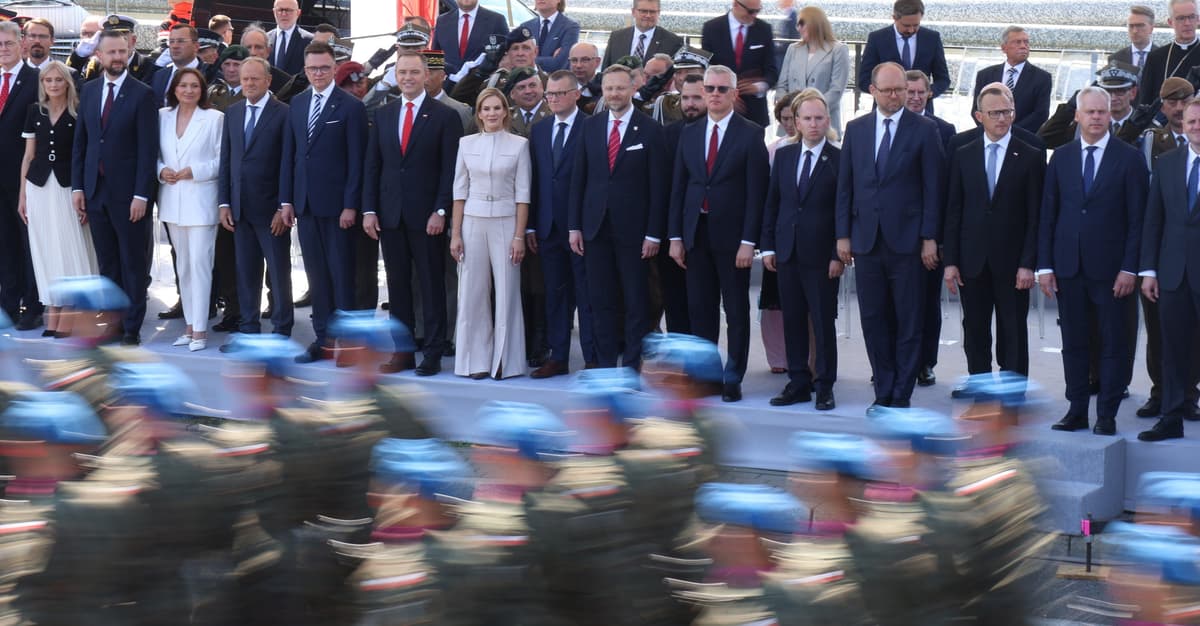The escalation of Russian air attacks on civilian objects, reports by the Ukrainian Ministry of Interior about the deliberate shooting of rescuers or discussions about the declaration of the Ottawa Convention by Poland are a good chance to look at the broad spectrum of activities of the State Service of Ukraine for Extraordinary Situations (ukr. Державна служба з надзвичайних ситуацій, in short ДСНС – DSNS), which fights for the protection of civilians all day, including the effects of air strikes and mined territory.
Introduction
As General Giulio Douhet pointed out in the “Reign in the Air”, the improvement of means of aerial assault made the battlefield go far beyond the front line. It covers not only the armed forces and the front zone, but the full territory of the State – along with its industrial infrastructure and society. Modern rocket attacks on cities, fire rescue services or acts of sabotage perfectly illustrate the actuality of this diagnosis. DSNS, acting under these conditions, becomes 1 of the key formations, in a conflict whose mark is increasingly the ability of society to survive.
History and task of formation
It was formed on the basis of the civilian defence structures of the USSR, DSNS has evolved from a service eliminating the effects of the Chernobyl disaster to a modern crisis consequence formation, now operating in a full-scale conflict.
Currently, DSNS functions as the central authority of the executive authority, subordinate to the Cabinet of Ministers of Ukraine through the Minister of the Interior – in accordance with the Act of 16 December 2015 [1]. Its tasks include crisis management, civilian protection, rescue, firefighting, chemical and biological consequence and disaster response. Following the annexation of Crimea and the outbreak of the war in Donbasa, DSNS besides began to make operational capabilities in conditions of armed conflict.
At present, DSNS has specialised demining, method and environmental rescue units and rescue aviation, enabling fast medical transport and air hazard response. The formation participated, among others, in extinguishing the fires of ammunition depots and military units, removing the effects of floods, industrial and mining disasters, and in activities during the flu pandemic [2]. On a regular basis, he carries out tasks from extracting victims from the rubble and extinguishing fires to evacuations, distributing humanitarian aid and supporting the elderly, injured and disabled. DSNS besides plays an crucial function in social education, leading prevention campaigns — especially among children and young people.
Russia's full-scale invasion in 2022 became an utmost test for this formation – both in terms of the scale of threats and the tasks carried out. According to the European Commission, DSNS is the main beneficiary of the largest EU operation in the past of the civilian Protection Mechanism, in which Ukraine received hundreds of units of equipment, vehicles, boats and protective materials [3].
Rescue under fire
DSNS does hundreds of interventions all day. The study [4] – dated 8 July 2025 – indicates that only that day 214 actions were carried out, including 41 fires were put out and 129 people were psychologically assisted. Since the beginning of the full-scale invasion, rescuers have conducted more than 219 000 interventions, including extinguishing nearly 26 000 fires and providing intellectual assistance to nearly 300 000 people [5].
The transportation of relief in the context of armed conflict poses a advanced hazard to the life and wellness of lifeguards. In July 2024 – Andrij Danyk – Chief of DSNS – reported [6] that from the beginning of a full-scale invasion, 93 lifeguards had died during service and about 400 were injured. Only in the first week of June 2025, as a consequence of massive Russian attacks, 3 DSNS rescuers were killed and 33 wounded [7]. This was an effect, among others, of Russian forces utilizing the alleged double tap tactics, consisting of deliberately waiting a fewer minutes after the first attack to then strike again at the same place, as shortly as emergency services arrived. This method, known for its erstwhile activities, inter alia in Syria, aims to address secondary losses, destruct rescue resources and intimidate relief personnel [8]. Ukraine maintains emergency services wherever the civilian population is inactive present – even in front towns. The presence of services in the back of the front slows down the ongoing humanitarian crisis, which is why the Russians deliberately attack unarmed rescuers. An example is the attack by FPV drones on rescue vehicles in the Kharkiv and Kherson Oblast, reported by the Ministry of Interior of Ukraine on 6 July [9]. Since the start of the war, officers, despite already a large amount of individual equipment, have been operating in bulletproof vests and helmets, and DSNS has been constantly trying to procure armored vehicles to evacuate the population from threatened areas [10].
Demining
Ukraine is now among the world's most mined countries. Although the possibly dangerous area has fallen by more than 20% since the end of 2022, any 137,000 km2 – mostly agricultural – remains at risk. According to the June 2025 data, 112 certified miners were operating in Ukraine, including 8 global organisations with more than 9,000 employees, 278 specialised vehicles and 13,000 metallic detectors [11]. According to DSNS in a study [4] of 8 July 2025, more than 594,000 explosives have been removed since the start of the Russian invasion, including 4,273 air bombs, and over 183 000 hectares have been mined. The scale of the mine means that DSNS and its partners will be a key link in the reconstruction and economical stabilisation of the country.
Fight against natural disasters
Russian forces – 6 June 2023 – destroyed the Kachowska Water Power Plant dam on Dniepra [12]. The flood flooded dozens of towns, depriving residents of electricity, water and food. DSNS immediately launched 1 of the most demanding rescue operations in which more than 11,000 people were evacuated during the war. The services conducted search operations utilizing boats and drones, secured the intake of drinking water and coordinated the supply of food, medicines and hygiene products. River mines and chemical contamination of water and dirt were a peculiar threat. In parallel, reserves of the Union civilian Protection mechanics (rescEU) have been activated, directing water treatment stations, pumps, aggregates, barrels and boats to the site [3].
Education – Building social resilience
In addition to operational activities, DSNS has extended educational activities, especially in front regions. Educational campaigns are peculiarly crucial here, where children learn how to admit mines and explosions, how to respond to air alarms and how to behave safely in crisis situations. The symbol of this mission is Patron [13] – a tiny terrier of the Jack Russell race, accompanying DSNS bomb squads since 2022. He became a kid safety ambassador, visiting schools and participating in educational events. A program was built around his image to support the youngest psychologically in war conditions.
Summary
DSNS's experience shows that in a full-scale conflict, the modern state cannot trust solely on the armed forces. Effective defence of the territory, population and capacity of the institution requires an extensive, integrated and decentralised crisis consequence system.
Attacks on rescuers, land mine and demolition of civilian infrastructure are manifestations of full war conducted by hybrid means. DSNS operates at the interface of military, civilian and intellectual security, becoming a pillar of state and social resilience.
The Ukrainian case may be a point of mention for the European Union countries in strengthening their own civilian protection systems and integration into crisis consequence mechanisms, peculiarly in the context of future regional reconstruction and security.
Footnotes
- Government of Ukraine, Regulation No 1052 of 9 December 2015, https://zakon.rada.gov.ua/laws/show/1052-2015-%D0%BF#Text
- Jurkniga, "Державна служба з з ситуацій: історія, сучасний стан, нормативна база", 2021, https://jurkniga.ua/contents/derzhavna-sluzhba-ukraini-z-nadzvichaynikh-situatsiy-istoriya-suchasniy-stan-osnovni-normativni-akti-komentari-i-rozasnennya-methodichni-ta-recommendatsiyni-materiali-dlya-tsivilnogo-naselennya.pdf
- European Commission, ‘Assisting the brave: EU’s largest always civilian protection operation...’, 2023, https://civil-protection-humanitarian-aid.ec.europa.eu/news-stories/stories/assisting-brave-eus-largest-ever-civil-protection-operation-strengthens-Ukrainian-rescue-and-fire_en
- DSNS Ukraine, "Оперативна інформація щодо роботи піротехнічних підрозділів", 8 July 2025, https://dsns.gov.ua/news/nadzvicaini-podiyi/operativna-informationia-shhodo-roboti-pirotexnicnix-pidrodilev-dsns-ukrayini-734
- DSNS Ukraine, "Оперативна інформація щодо наслідків ведення бойових дій", 7 July 2025, https://dsns.gov.ua/news/nadzvicaini-podij/operativna-informationia-dsns-shhodo-naslidkiv-vedennia-boiovix-dii-rosiiskoju-federacijaju-921
- The Kyiv Independent, "Russia carried out at least 36 'double tap' strikes in Ukraine", 4 July 2025, https://kyivindependent.com/russia-carried-out-at-least-36-double-tap-strikes-in-ukraine/
- Belsat, “This is simply a war crime. Russians kill Ukrainian firefighters”, 6 July 2025, https://pl.belsat.eu/87134080/to-criminal-war-Russian-killing-Ukrainian-war-war-war-war
- Business Insider, "What Ukrainians observe from Russia's deadly 'double tap' strikes", 5 July 2025, https://www.businessinsider.com/what-Ukrainians-observe-russia-deadly-double-tap-strikes-2025-7
- Ministry of the Interior of Ukraine (Telegram), a communication dated 6 July 2025, https://t.me/mvs_ukraine/51589
- The Kyiv Independent, ‘Slovenia provides Ukraine’s State Emergency Service with specialized demining and transport vehicles’, 2 July 2025, https://kyivindependent.com/slovenia-provides-Ukrainians-state-emergency-service-with-specificized-demining-and-transport-vehicles/
- The Kyiv Independent, "Italian commits €1.6 million to boost Ukraine's conflict against landsmines", 15 June 2025, https://kyivindependent.com/italy-commits-1-6-million-to-boost-ukraines-battle-against-landmines/
- Reuters, ‘What is the Kakhovka dam, what happened and why does it matter?’, 7 June 2023, https://www.reuters.com/world/europe/what-is-kakhovka-dam-ukraine-what-happened-2023-06-07/
- Instagram / Patron of DSNS, authoritative educational profile of the dog-saper Patron,
Photos
Written by Wojciech M. Salwiński
- Paramedics wearing protective vests during the air alarm. Kharkiv, May 2022.

2 – 4. DSNS actions to safe humanitarian convoys to the front towns. Charkov Oblast, May 2022.












![Nie spodobało się, iż nazwałam się imamką [Rozmowa z Seyran Ateş]](https://cdn.oko.press/cdn-cgi/image/trim=398;0;424;0,width=1200,quality=75/https://cdn.oko.press/2025/08/AFP__20170728__R207J__v1__HighRes__GermanyFranceReligionIslamMosque.jpg)
